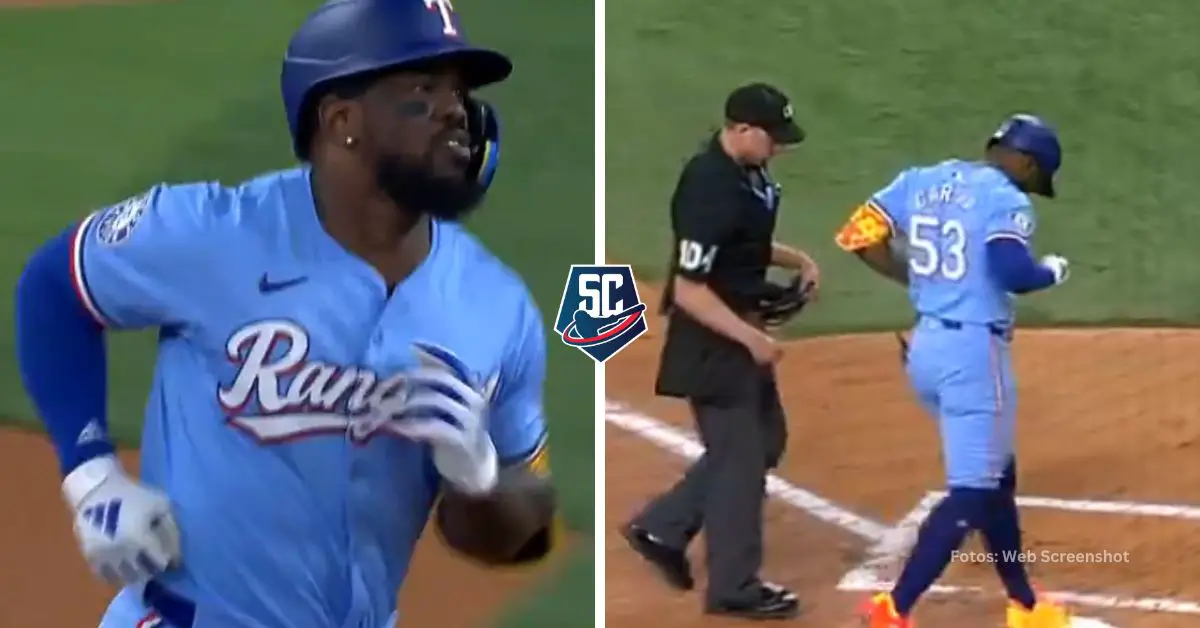Katie Arevalo
Madrid, September 29 – Their findings in the field of ultrashort pulsed lasers have made it possible to treat many eye diseases. Now, Donna Strickland, winner of the 2018 Nobel Prize in Physics, aims to improve the basic science behind laser ablation so that the technique is more effective in treating brain tumors or epilepsy.
Strickland is visiting Madrid this week to receive a gold medal from the CSIC and deliver a keynote lecture.
-What will you talk about with scholars, students and Spanish authorities?
“What people have wanted to know for five years: What did you do to win the Nobel Prize in Physics,” the Canadian scientist, a 64-year-old woman, says with a laugh.
-And what is the answer? “I’ve never been someone who would go for something big, like a Nobel Prize. “I’ve been someone who really enjoys playing with science in the lab, especially with lasers, and wants to keep doing that.”
On a high school field trip to the University of Ontario, when she was just 16, Strickland first saw and was fascinated by the laser technology she would perfect decades later to win the Nobel Prize.
“We’re talking about the early 1970s, and then you didn’t see lasers anywhere, and I had something similar to a revelation I think – laughs again – and I said to myself, I want to learn a lot about this.”
“I think school or college are good times for young people to play with different things and find what they like to do,” he explains.
“I’m not one of those who think that science is for everyone. Science is for those who find it easy and fun to play with the kinds of things that we scientists do, and also be very patient because if not you will get frustrated very soon and never get anywhere.” place.
“If science entertains you and you have that patience, then you should strive to have nothing stop you from devoting yourself to it,” Strickland says when asked what young girls would tell her to encourage them to pursue STEM careers.
In 2018, she was the third woman to win the Nobel Prize in Physics in more than a century of history, after Marie Curie (1903) and Maria Goeppert Mayer (1963).
Strickland was unaware of this information when they contacted her to inform her of the award, and she did not even have a Wikipedia entry up to that point, which perfectly exemplifies how much great progress in the sciences – and the humanities – begins with humble, anonymous and persevering researchers. And his great determination.
The work of the Canadian engineer and physicist, who invented pulse amplification when she was just 26 years old, has been fundamental in perfecting and making more powerful short-pulse lasers, a technology with which eye diseases are treated or with which we have cell phones that can do (almost) everything. .
Advances in this type of research, which he pioneered, “involve refining our findings in such a way that we can make higher-intensity lasers, with greater ability to accelerate particles in a way that allows us to go deeper.” To the brain with radiation treatments.
The researcher realizes that between the coronavirus and her Nobel Prize commitments, she is not spending as much time as she would like in the lab: “Before the award, she would go maybe five times a day just to play with the students in the lab and see what would happen.” It happened. I am someone who needs to visualize what is being done, roll up my sleeves and see what the problems are.
Although he insists that when he is in Ontario he never misses the opportunity to go to his lab at the University of Waterloo to “play” with ongoing research projects and talk with students, he also claims that he “understands that now I have a lot of stuff.” “A bigger voice.” Great, which is why I feel like I should make time to advance the science and challenges we face.
Of all these challenges, the one that Strickland considers the most pressing is the environment: “We are trying to bring together ecologists who don’t have the right technological tools to do what they want to do with researchers who are more committed to technological development, for example.” Optical sensors, and “forming collaborative networks that allow us to improve environmental monitoring systems.”
The scientist asserts: “If we can combine these two groups, we may be able to accelerate the technology needed to better monitor and understand environmental problems that will allow us to better address them, because this understanding requires a large number of measurements.” It is already engaged in such collaborative work on the Arctic with the Université Laval (Quebec).
Just a few weeks ago, Pope Strickland, who is of the Protestant faith, was appointed a member of the Pontifical Royal Academy of Sciences.
Although she has not yet had the opportunity to attend any meeting, she was able to talk with Vatican representatives about what is expected of her. “They want to be aware of the latest scientific developments, and to respond to challenges.” humanity and that they are moral.”
“What I was able to actually verify is Pope Francis’ concern for the environment,” he says.
At the end of the interview, Strickland goes to get his appreciation and deliver his keynote speech, in which, as in the interview, there are two verbs that he noticeably repeats: play and enjoy.
As she speaks, the song she herself played when she had to speak at the Nobel banquet seems to be playing in the background: “Girls Just Want to Have Fun.”
Related

“Social media evangelist. Student. Reader. Troublemaker. Typical introvert.”



:quality(85)/cloudfront-us-east-1.images.arcpublishing.com/infobae/KAYSXK65OZG55CR3YX225WI6Z4.jpg)



More Stories
Susana Magallon enters the US National Academy of Sciences.
How to practice GOMO, the simple habit that helps you disconnect and become happier
Science of Galicia When a girl closes her eyes